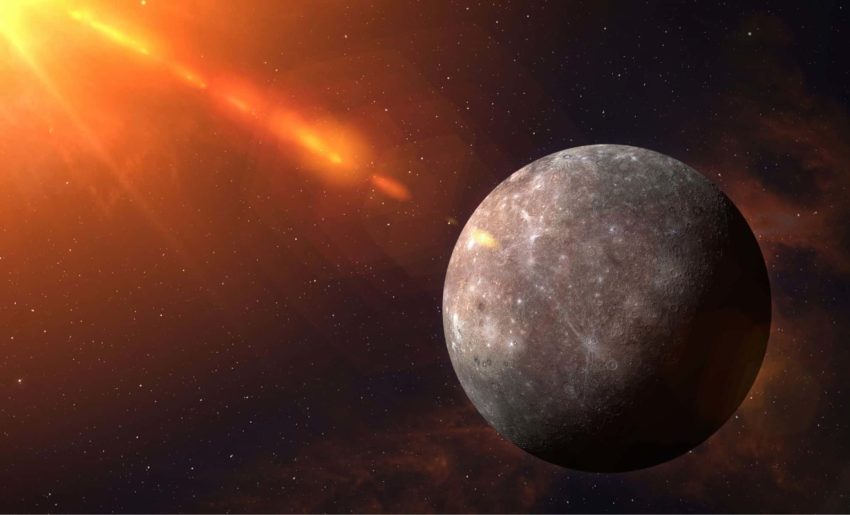A New Discovery in Planetary Science
A recent breakthrough in planetary science has uncovered the first-ever detection of lithium in Mercury’s exosphere. This discovery was not made using traditional particle observation techniques, but rather through a novel method that relies on electromagnetic wave analysis. The findings were published in Nature Communications and are the result of research led by Daniel Schmid and his team at the Austrian Academy of Sciences.
The study focused on ion cyclotron wave signatures found in four years of magnetic data collected by the MESSENGER spacecraft. These signatures revealed the presence of lithium, an element that had previously gone undetected despite being inferred in earlier studies. This new approach has opened up new possibilities for understanding the composition of Mercury’s thin atmospheric layer.
Identifying Lithium Through Magnetic Signatures
Mercury’s exosphere is a very thin layer composed of atoms and ions that have been released from the planet’s surface. Due to its low density, detecting less abundant elements has always been a challenge. Until now, lithium had remained elusive, with its presence only inferred and never directly confirmed. However, Schmid’s team used a technique known as “pick-up ion cyclotron waves” (ICWs), which involve specific electromagnetic patterns created when newly ionized atoms interact with the solar wind.
During their survey of MESSENGER’s magnetic field data, the researchers identified signatures of these pick-up ion cyclotron waves that could be attributed to freshly ionized lithium. This method works by analyzing how ionized particles oscillate at frequencies unique to their mass-to-charge ratio, creating a magnetic “fingerprint” that can be isolated. Over a four-year period, the team observed twelve distinct events where these lithium-specific waves appeared, each lasting just minutes.
Meteoroid Impacts as the Source of Lithium
What made the lithium detections particularly intriguing was their sporadic and short-lived nature. The researchers ruled out slower mechanisms such as solar heating or solar wind erosion, concluding instead that high-speed meteoroid impacts were the most plausible cause. When micrometeoroids hit Mercury at velocities close to 110 km/s, the energy released is enough to vaporize both the impactor and part of Mercury’s surface, creating high-temperature plumes that can eject lithium atoms into the exosphere.
“This discovery suggests that Mercury’s surface has been enriched with volatile elements through continuous meteoritic impacts, which also facilitate their release into the exosphere and space,” said Schmid. These impacts not only deliver new materials but also activate and expel existing surface materials, releasing volatile compounds like lithium into Mercury’s space environment. The detection of lithium, linked to impact events, supports the hypothesis that meteoroids play a key role in delivering and releasing volatiles into the exosphere, sustaining a dynamic cycle of supply.
A New Chapter in Mercury’s Volatile History
This discovery challenges previous assumptions about Mercury’s formation. The planet’s unusually high density and massive iron core have led scientists to believe it formed under extreme heat, possibly after a colossal collision that stripped it of most volatiles. However, previous missions like MESSENGER detected elements such as sodium, potassium, and hydrogen, indicating a more complex geochemical history.
The presence of lithium, now associated with external delivery and surface vaporization, adds another layer to this puzzle. Despite expectations based on the detection of other volatile elements, neither particle detectors onboard Mariner 10 and MESSENGER nor ground-based telescopes could confirm the presence of lithium. This highlights the importance of alternative detection methods in planetary science. Magnetic field data, long archived but underutilized, has now revealed unexpected chemical complexity on Mercury’s surface.
This breakthrough opens the door to further exploration and understanding of Mercury’s volatile history, offering new insights into the processes that shape planetary environments.
